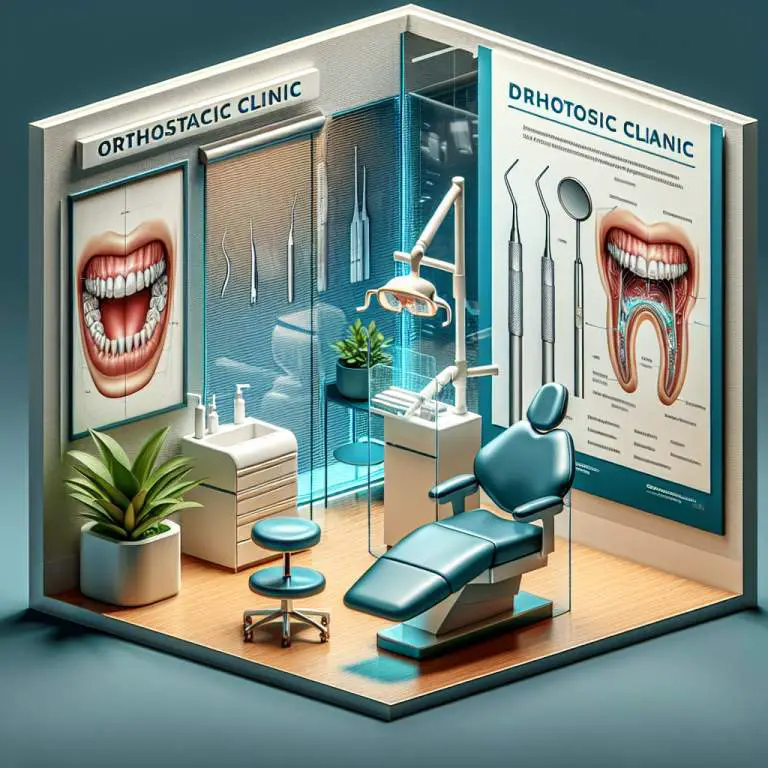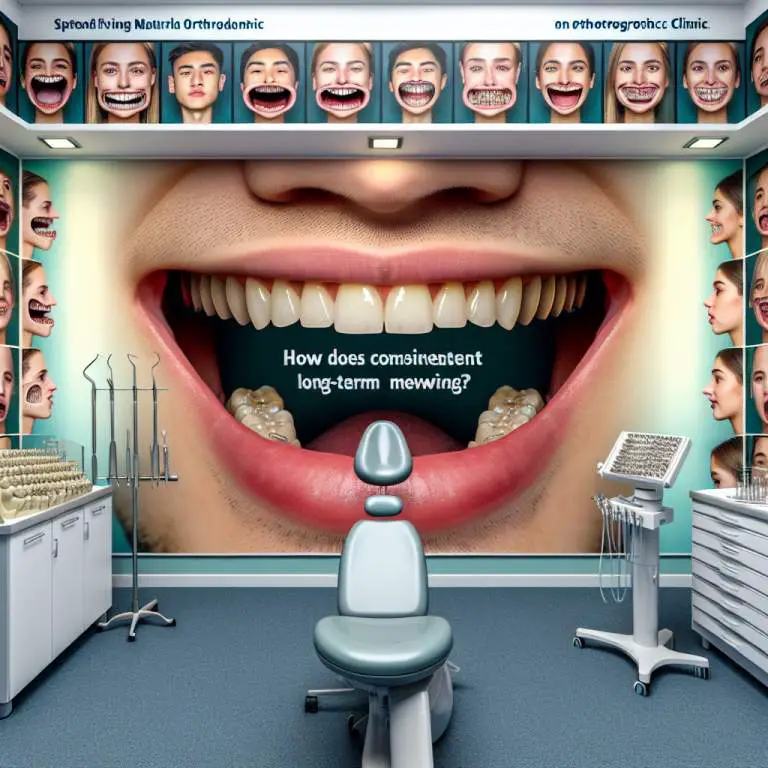How does mewing affect the long-term health of the temporomandibular joint?
Mewing, which involves proper tongue posture to potentially reshape the jawline, can impact the temporomandibular joint (TMJ) over time. If done correctly, it may help in aligning the jaw properly, possibly reducing TMJ pain and improving joint function. However, incorrect mewing techniques can strain the TMJ, leading to increased discomfort or worsening existing conditions. It’s important for individuals with TMJ concerns to approach mewing with caution and seek advice from dental professionals.

How does mewing theoretically improve jaw alignment and function?
Mewing is a technique that some people believe can help improve the way your jaw lines up and works. It’s all about how you position your tongue in your mouth. The idea is to press the entire tongue against the roof of the mouth and maintain this posture as much as possible.
This method is thought to change the shape of your jawline over time, making it more defined. People who support mewing say it can lead to better breathing, chewing, and even change the appearance of your face. They think that by doing this simple exercise, you can train your jaw muscles and bones to grow in a certain way.
What is the temporomandibular joint (TMJ) and why is its health important?
The temporomandibular joint, or TMJ for short, is a very important part of your body. It’s the hinge that connects your jawbone to your skull, right in front of your ears. This joint lets you open and close your mouth so you can talk, eat, yawn, and do all sorts of things with your mouth.
Keeping this joint healthy is super important because if something goes wrong with it, it can cause a lot of pain and make it hard to use your mouth normally. Problems with the TMJ can lead to headaches, difficulty chewing, and even lockjaw where you can’t open or close your mouth at all. That’s why taking care of this joint is key to having a happy and healthy mouth.
Can mewing lead to TMJ disorders or exacerbate existing conditions?
Some people worry that mewing might not be good for everyone. If done incorrectly or too forcefully, there’s a chance it could put extra stress on the TMJ. This could potentially lead to discomfort or worsen any issues someone might already have with their TMJ.
It’s also possible for someone who starts mewing without knowing they have an existing TMJ disorder to find out their symptoms get worse because of the added pressure from trying to keep their tongue pressed up all the time. So while mewing aims to improve jaw alignment and function, it’s important for each person to listen to their body and be careful not to overdo it.
What evidence exists supporting the benefits of mewing for TMJ health?
When talking about whether mewing helps with TMJ health, there isn’t a ton of scientific research out there yet. However, some people who practice mewing share their personal stories about how it has helped them feel better or reduce pain related to their TMJ disorders.
These anecdotal reports suggest that proper tongue posture might play a role in relieving some symptoms associated with TMJ problems by possibly reducing strain on the joint itself. But until more studies are done specifically looking into this connection, we won’t know for sure how effective mewing really is for improving TMJ health.
| Aspect | Impact of Mewing on TMJ Health |
|---|---|
| Joint Position | Mewing can promote a more natural alignment of the jaw, potentially reducing strain on the TMJ. |
| Muscle Tension | Proper tongue posture may alleviate excessive muscle tension around the jaw, benefiting those with TMJ disorders. |
| Bite Alignment | Over time, mewing might influence bite alignment, which could either alleviate or exacerbate TMJ symptoms depending on individual cases. |
| Chronic Pain | Improvements in posture and jaw alignment from mewing may reduce chronic pain associated with TMJ disorders. |
| Clicking/Popping Sounds | Some individuals report a reduction in clicking or popping sounds with consistent mewing practice. |
| Risk of Worsening Symptoms | Incorrect mewing technique or overexertion can potentially worsen TMJ symptoms. Professional guidance is recommended. |
| Long-term Effects | The long-term effects of mewing on TMJ health are not well-documented; more research is needed to draw definitive conclusions. |
Are there any risks associated with mewing for individuals with pre-existing TMJ issues?
Mewing, a technique that involves proper tongue posture, can be risky for people who already have TMJ problems. This is because changing how you position your tongue and jaw can put extra stress on the TMJ. This added pressure might make existing conditions worse.
People with TMJ disorders often experience pain and discomfort. If they start mewing without professional guidance, they could unknowingly strain their jaw further. It’s important for these individuals to consult with a healthcare provider before trying new practices like mewing.
How should one practice mewing correctly to avoid potential harm to the TMJ?
To practice mewing safely, it’s crucial to start slowly and focus on gentle tongue positioning. The idea is to rest the tongue against the roof of the mouth without forcing it or creating too much pressure. This helps in avoiding unnecessary strain on the jaw and TMJ.
Additionally, learning from credible sources or consulting with a speech therapist or orthodontist can provide valuable insights into correct technique. They can offer personalized advice based on an individual’s specific needs and conditions, ensuring that mewing is done in a way that supports oral health rather than harming it.
What do experts say about the long-term effects of mewing on the TMJ?
Experts have mixed opinions about the long-term effects of mewing on the TMJ. Some believe that if done correctly, mewing can improve jaw alignment and function over time, potentially benefiting those with mild TMJ issues by promoting better posture and reducing strain.
However, others caution that there isn’t enough scientific evidence to fully understand its long-term impacts. They stress the importance of approaching mewing with caution, especially for individuals with existing TMJ disorders or other oral health issues. Consulting healthcare professionals before making significant changes to oral posture is always recommended.
Final Thoughts
Mewing has gained attention as a method to potentially improve jawline definition and oral health. However, its effects, especially concerning individuals with pre-existing TMJ issues, require careful consideration and professional guidance.
The key takeaway is that while mewing might offer benefits for some, it’s not a one-size-fits-all solution. Anyone interested in trying this technique should do so thoughtfully and ideally under expert supervision to avoid unintended consequences on their TMJ health.






